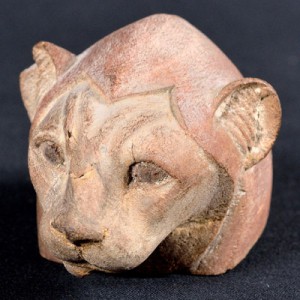
Sekhmet, goddess with the head of a lioness
Ancient Egypt, Late Period
Wood

Ancient Egypt, Late Period
Wood
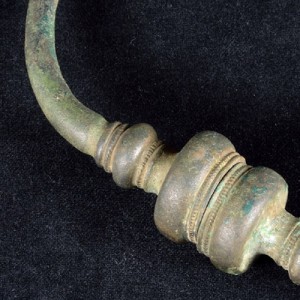
Nogent-en-Bassigny “Marsois”, 4th century BCE
Copper alloy
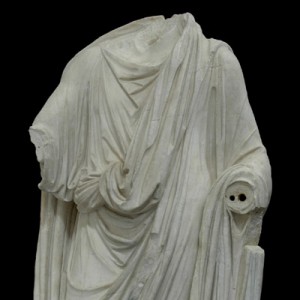
Greece, Italy or Roman Gaul, Julio-Claudian dynasty (between 27 BCE and 68 CE)
Marble
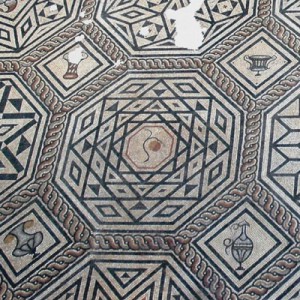
Rhone valley workshop
Langres “Place du Centenaire”, 2nd century CE
Stones
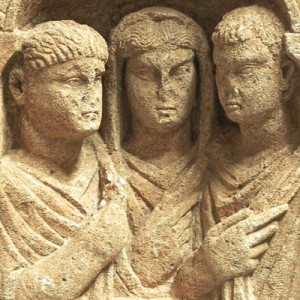
Langres, 1st–3rd centuries CE
Limestone
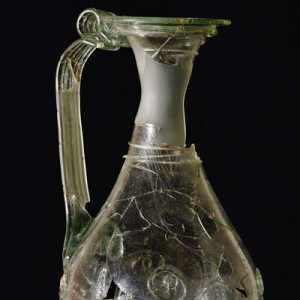
Langres “Faubourg des Auges”, 4th century CE
Blown glass
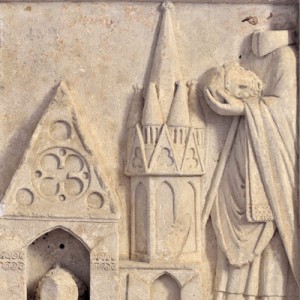
Langres, “Chapelle Saint-Didier”, circa 1230–1260
Limestone
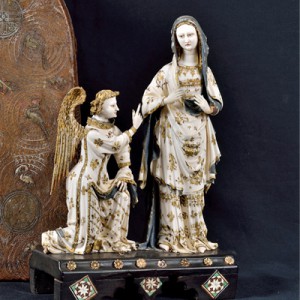
Burgundian school, early 15th century
Polychrome ivory and ebony
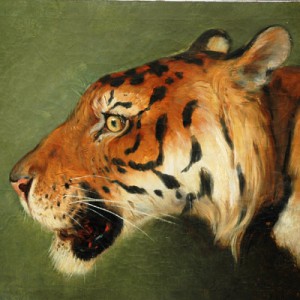
Eugène Delacroix (1798–1863)
Oil on canvas
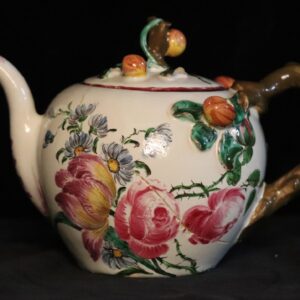
Anonymous
Manufacture d’Aprey, circa 1765
Faience, low fire, large floral motif